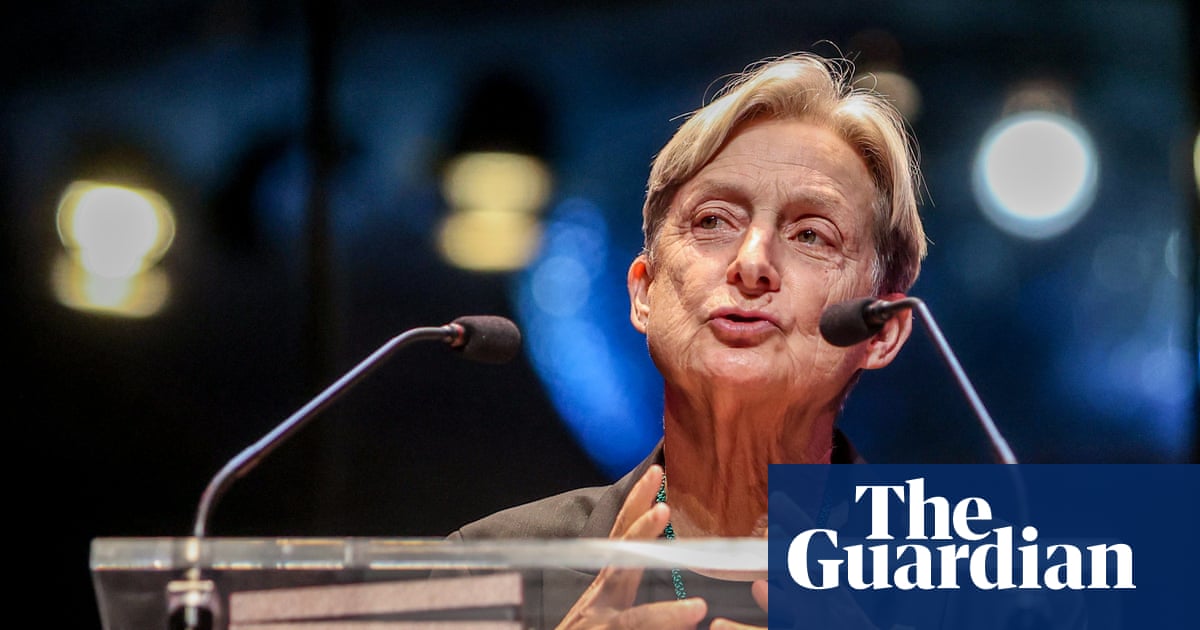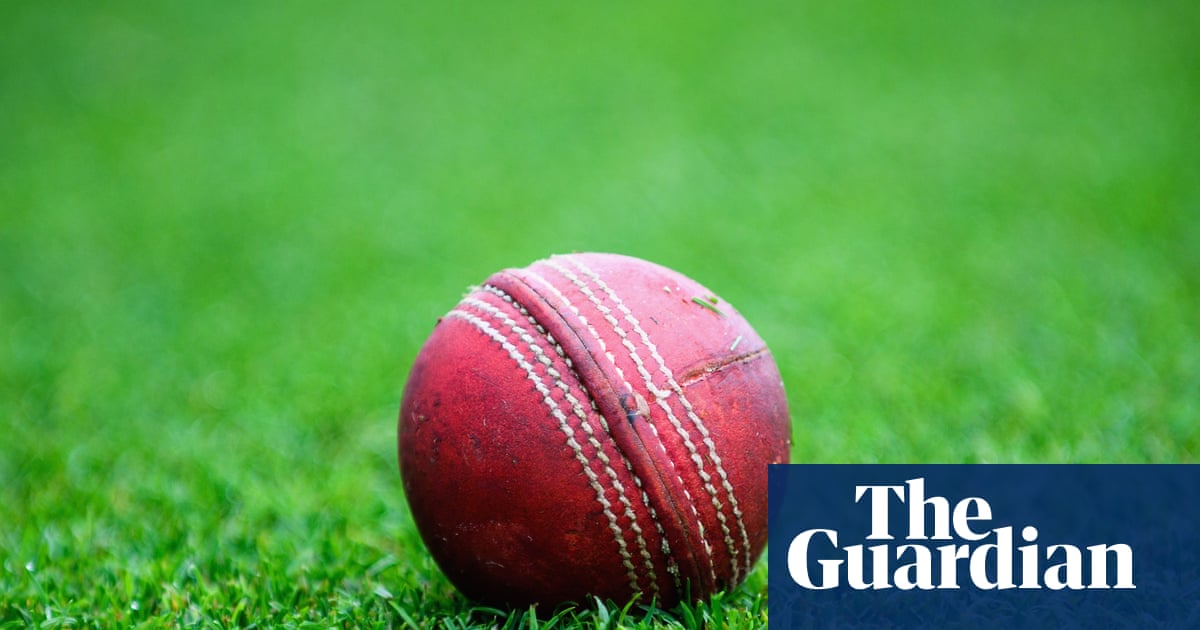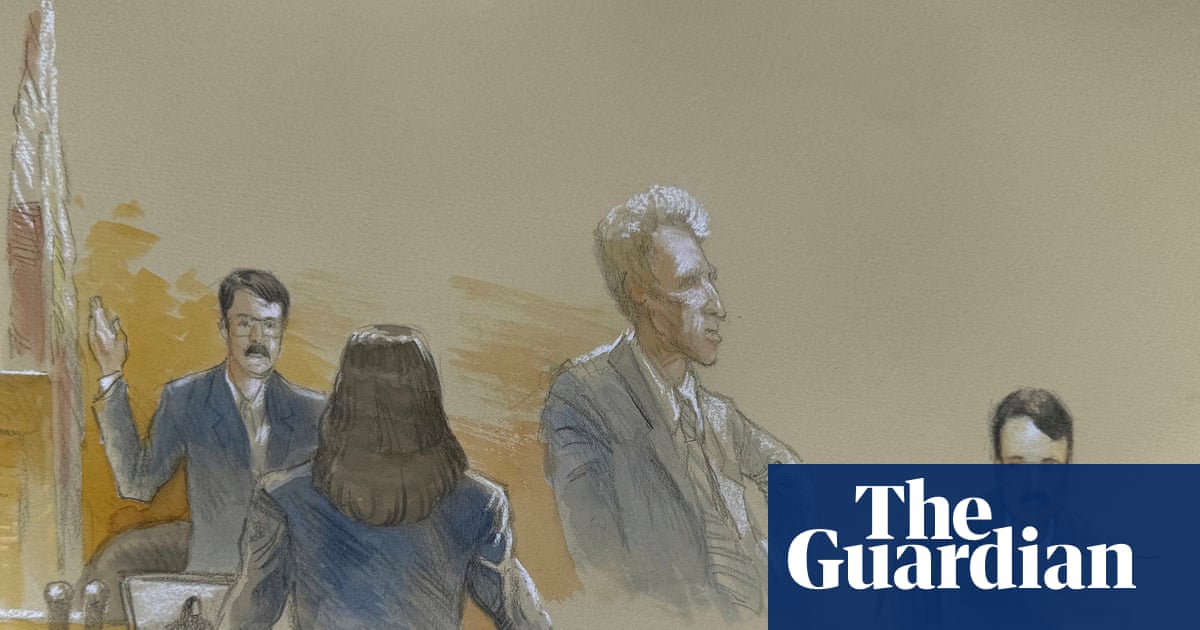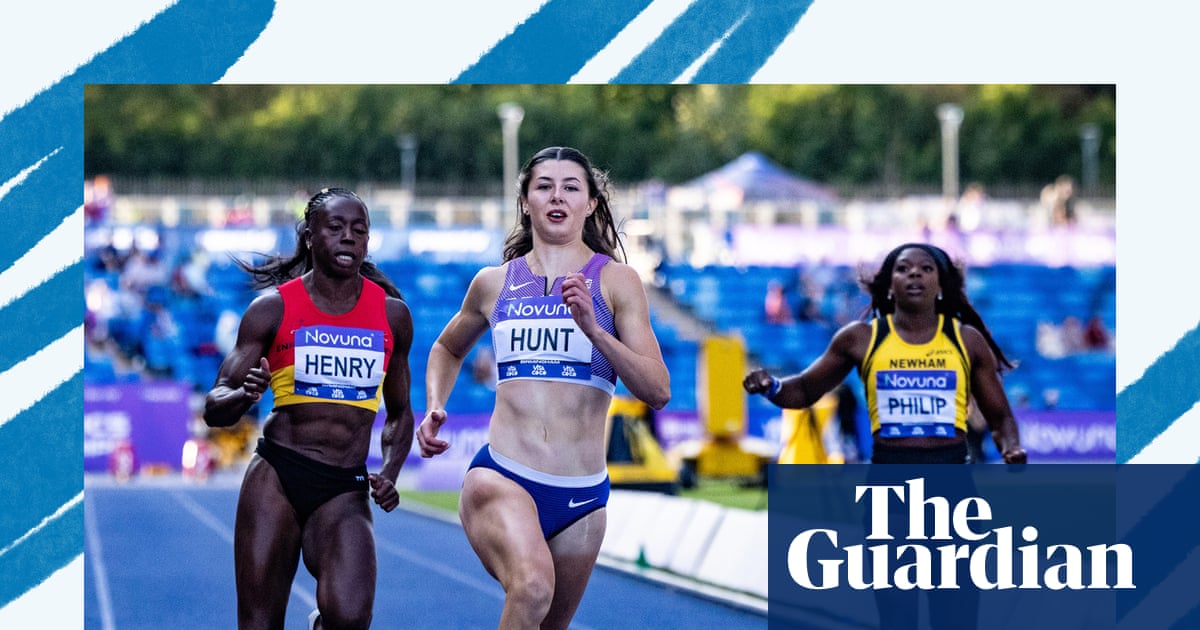Towards the final stretch of the big three’s unprecedented period of dominance, as it became clear Roger Federer, Rafael Nadal and Novak Djokovic would vacate their thrones, the future of men’s tennis was clouded in uncertainty. Although there was a talented, competitive generation of players born in the 1990s waiting to take their place, the gulf in quality was significant. For a short time, there were opportunities for someone brave enough to take them.
The past fortnight in Paris has again underlined how Jannik Sinner and Carlos Alcaraz have emphatically shut the door on this prospect. As they prepare to face each other in a grand slam final for the first time, at Roland Garros on Sunday, it will mark the sixth consecutive grand slam that has been won by either Sinner, the world No 1, or the world No 2, Alcaraz.
This also represents the first major final between two players born in the 2000s. Dominic Thiem’s victory over Alexander Zverev in the 2020 US Open final is the only final between two players born in the 1990s.
Six years ago, in his first ATP challenger tournament and third professional outing overall, a 15-year-old Alcaraz was drawn against Sinner at the Juan Carlos Ferrero Academy in Villena, Spain, his training base. The pair had received wildcards, with Alcaraz unranked and a 17-year-old Sinner holding a ranking of No 319. Alcaraz won in three sets. Since then, every meeting has only heightened the anticipation that this would be the most important rivalry in the men’s game. By the time they were battling at almost 3am in their 2022 US Open quarter-final, an instant classic won in five sets by Alcaraz en route to his first grand slam title, this felt inevitable.
“He’s a player who makes me a better player,” said Sinner on Friday. “He pushes me to the limit. We try to understand where we have to improve for the next time I play against him.”
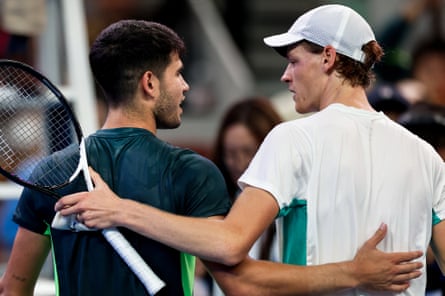
Although he needed more time to iron out his early mental deficiencies, Sinner has established a remarkable level of consistency. His record is 47-2 since last August, winning the past two grand slam titles – the US Open and Australian Open – and the vast majority of those matches have not even been close.
His three-month doping ban between February and May has done little to halt him. Six matches in, Sinner has undoubtedly been the player of the tournament, tearing through without dropping a set. Both players have many years to build their résumés, but as he seeks out his first grand slam title away from hard courts, Sinner will also be attempting to win his fourth major title, which would draw him level with Alcaraz.
Those two defeats suffered by Sinner in that spell came at the hands of Alcaraz, who won their gripping three-set final in the Beijing Open last year and then recently outplayed Sinner in Rome, Sinner’s comeback tournament. In contrast to the composed consistency established by Sinner, Alcaraz can be wild and unpredictable. Just as his varied, complete game has taken him to greater heights than Sinner, the lows have been far more desolate.
after newsletter promotion
Sinner is one of the purest, most destructive shotmakers around and he robs time from all challengers with his depth, pace and devastating weight of shot. Alcaraz used to attempt to match the Italian’s firepower with his own heavy weaponry but he now understands that his edge is his variety. Sinner thrives on rhythm and pace, but Alcaraz has spent the past few meetings employing the full range of shots to disrupt the Italian.
There are ample reasons for Alcaraz to be hopeful about his prospects on Sunday, even as the Italian continues to destroy the rest of the field. Alcaraz has won their past four meetings, establishing a 7-4 lead in their head-to-head, and red clay remains the Spaniard’s dominant surface.
However, in these battles between two generational talents, the only certainty is that every time they enter the court against their greatest rival, a difficult match awaits.

 3 months ago
66
3 months ago
66

